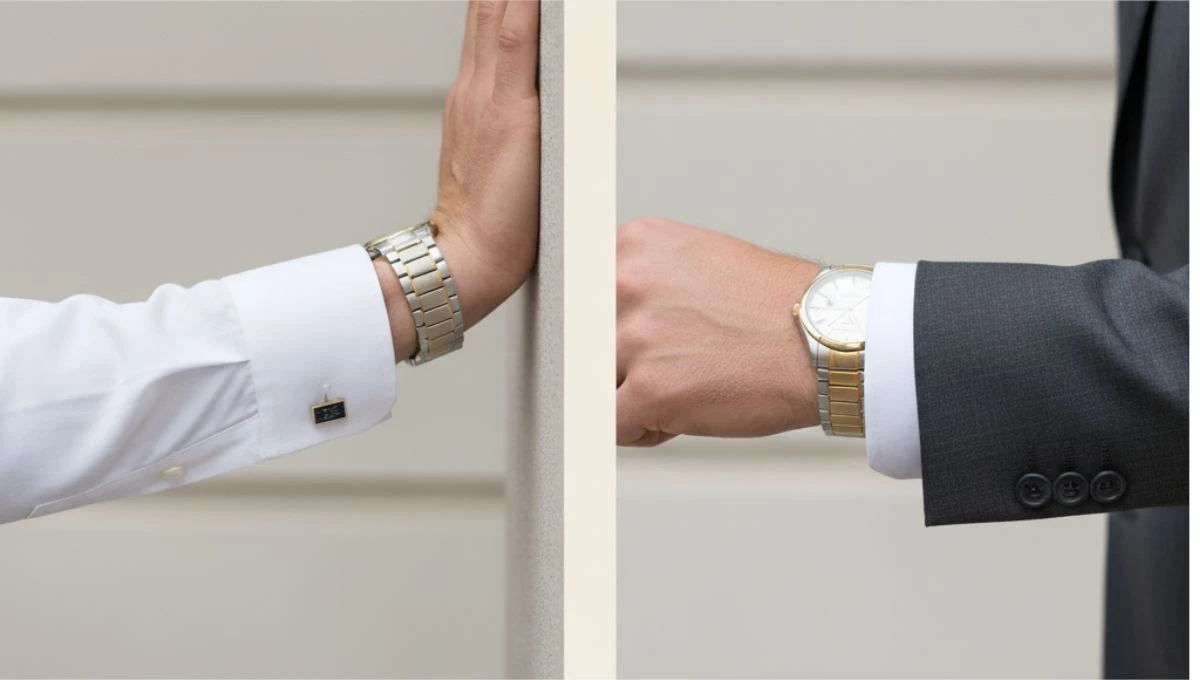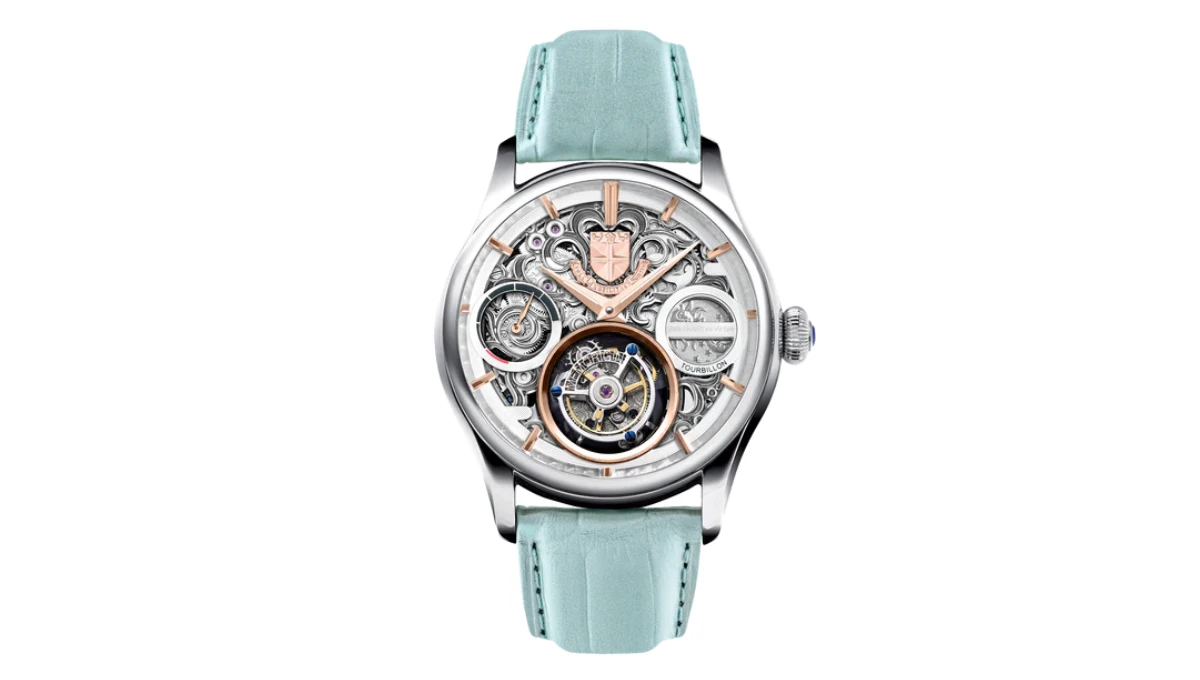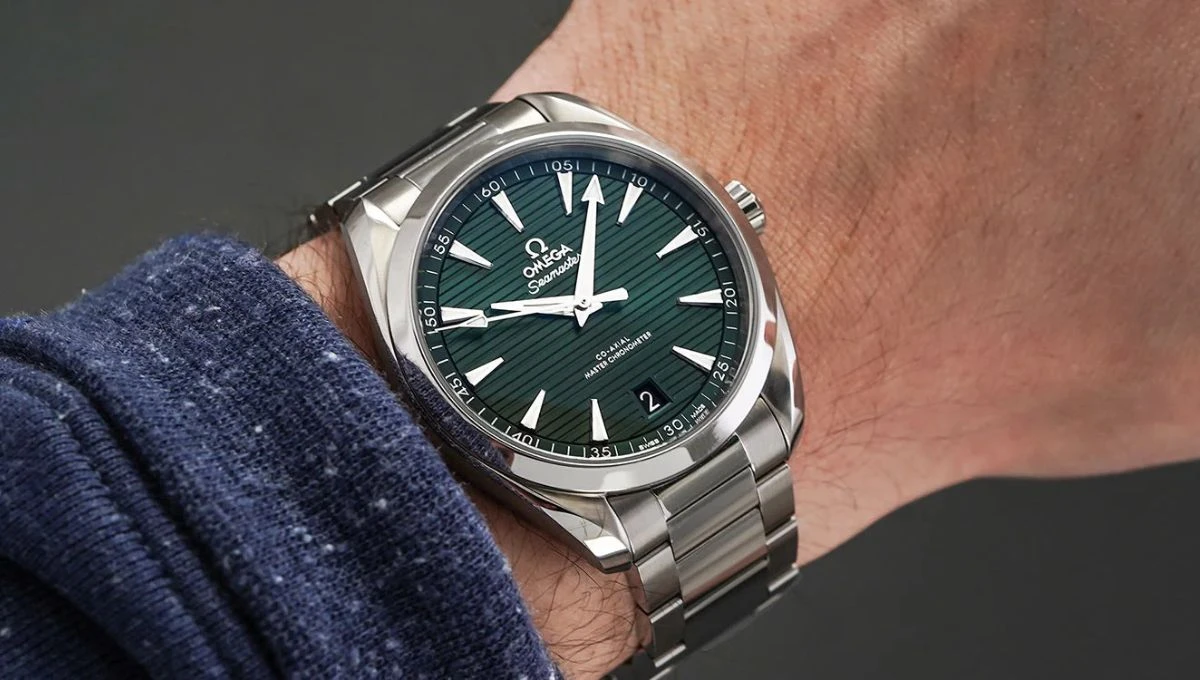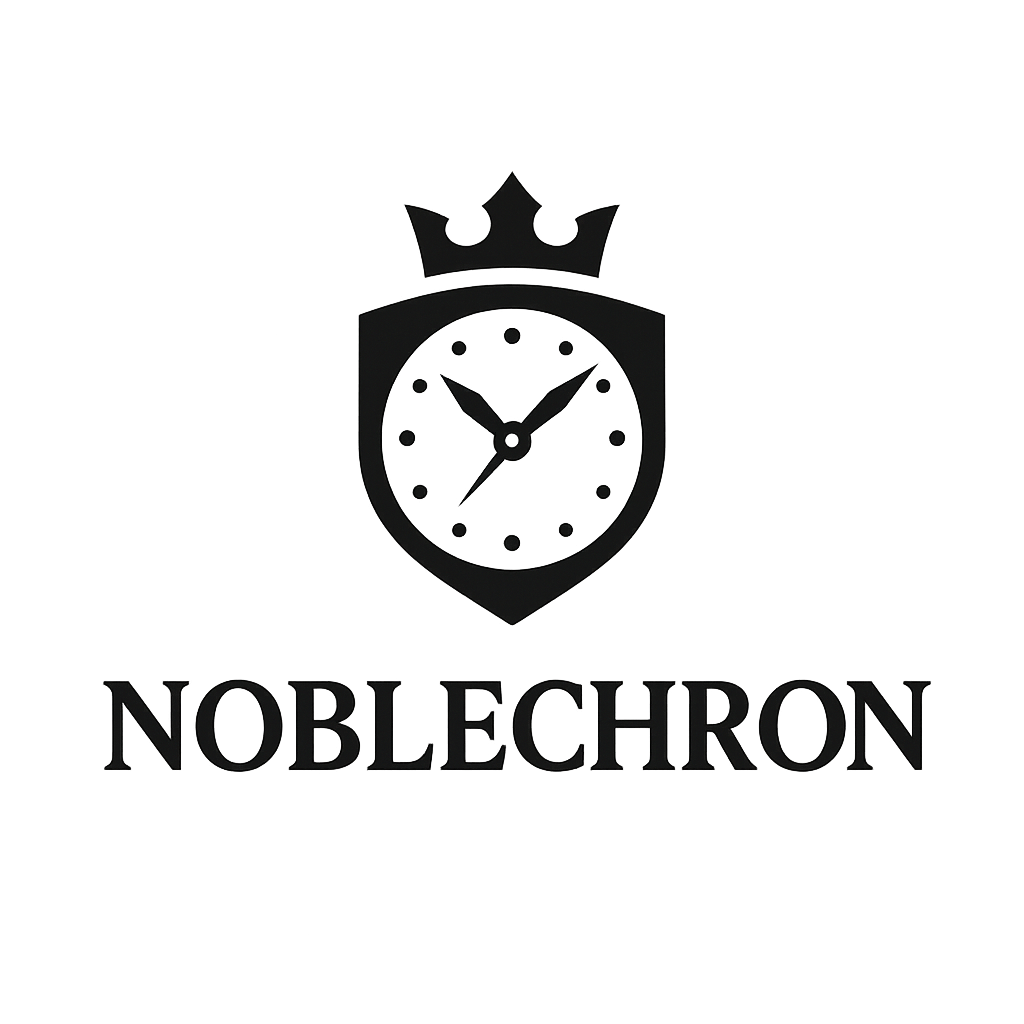Men's Fashion, Women's Fashion
Vintage vs. Modern Luxury Watches: Investment Strategies and What Collectors Need to Know
The luxury watch market presents compelling investment opportunities through both vintage timepieces rich with historical significance and modern watches incorporating cutting-edge technology and materials. Understanding the fundamental differences between these collecting approaches enables informed decision-making that balances financial returns with personal satisfaction while building meaningful horological portfolios.
Vintage and modern luxury watches serve different roles in sophisticated collections, with each category offering unique advantages and challenges that appeal to different collector personalities and investment strategies. Market dynamics, authentication requirements, and maintenance considerations vary significantly between these approaches, requiring distinct expertise and evaluation criteria.
The global luxury watch market has demonstrated remarkable resilience and growth over recent decades, with certain vintage pieces achieving astronomical auction prices while contemporary models from prestigious manufacturers maintain strong secondary market values. This performance reflects growing appreciation for horological craftsmanship combined with wealth creation that enables broader participation in luxury collecting.
Understanding Vintage Watch Investment Potential
Vintage luxury watches represent tangible connections to horological history, with pieces from legendary manufacturers like Rolex, Patek Philippe, and Omega achieving remarkable appreciation over extended holding periods. These timepieces combine emotional appeal with investment potential through scarcity, historical significance, and evolving collector preferences that drive market demand.
The vintage market rewards rarity, condition, and provenance above all other factors. Pieces with documented histories, celebrity connections, or significant horological innovations command premium pricing that often exceeds contemporary equivalents by substantial margins. Understanding these value drivers enables strategic acquisition of pieces with strong appreciation potential.
Market trends in vintage collecting emphasize original condition and completeness, with unpolished cases, original dials, and complete documentation commanding significant premiums over restored or incomplete examples. This preference for authenticity reflects sophisticated collector knowledge and growing awareness of restoration’s impact on long-term value.
Iconic vintage models like the Rolex Daytona “Paul Newman,” Patek Philippe Nautilus ref. 3700, and Omega Speedmaster “Ed White” demonstrate how specific references can achieve legendary status that drives extraordinary price appreciation. These success stories illustrate the importance of historical significance and cultural impact in vintage watch valuations.

Geographic variations in vintage watch popularity create arbitrage opportunities for knowledgeable collectors willing to source pieces from different markets. European preferences, Asian collecting trends, and American market dynamics often value similar pieces differently, enabling strategic buying and selling across international markets.
Modern Watch Investment Considerations
Contemporary luxury watches offer advantages of known provenance, manufacturer warranties, and readily available service support that simplify ownership while providing potential appreciation opportunities. Modern pieces from established manufacturers typically maintain strong secondary market values while offering improved durability and functionality compared to vintage alternatives.
Limited edition modern watches create artificial scarcity that can drive significant appreciation, particularly when production numbers remain low and demand exceeds availability. Manufacturers like Richard Mille, Patek Philippe, and independent makers regularly produce limited series that achieve immediate secondary market premiums.

Technological innovations in modern watchmaking create new collecting categories that may appreciate as these advances gain historical significance. Innovations like Omega’s anti-magnetic technology, Rolex’s Cerachrom bezels, and Patek Philippe’s silicon components represent potential future vintage characteristics that savvy collectors can acquire at contemporary pricing.
Brand expansion and market positioning changes affect modern watch investment potential significantly. Manufacturers entering new market segments, changing distribution strategies, or altering production approaches can impact secondary market values both positively and negatively, requiring careful monitoring of industry developments.
The accessibility of modern watches through authorized dealers provides authentication certainty and warranty protection that eliminates many risks associated with vintage collecting. This security comes at the cost of immediate depreciation below retail pricing, though certain models maintain or exceed retail values in secondary markets.
Authentication and Due Diligence Strategies
Vintage watch authentication requires extensive expertise or professional assistance to identify refinished dials, replaced components, and outright counterfeits that plague the secondary market. Developing relationships with reputable dealers, auction houses, and independent experts provides access to authenticated pieces while building knowledge for independent evaluation.
Modern counterfeiting techniques create increasingly sophisticated fakes that challenge even experienced collectors, making professional authentication services essential for significant purchases. Organizations like manufacturers’ service centers, certified watchmakers, and specialized authentication companies provide expertise that protects against expensive mistakes.

Documentation importance cannot be overstated in luxury watch collecting, with original papers, boxes, and service records significantly impacting both authenticity verification and market values. Complete sets with all original accessories command substantial premiums while providing authentication support that simplifies future transactions.
Provenance research for vintage pieces reveals fascinating histories while supporting authentication and value assessment. Documented celebrity ownership, military service records, or presentation inscriptions add narrative value that enhances both emotional appeal and market pricing significantly.
Market Timing and Strategic Acquisition
Luxury watch markets exhibit cyclical patterns influenced by economic conditions, generational preferences, and cultural trends that create strategic buying and selling opportunities. Understanding these cycles enables acquisition of quality pieces during market downturns while capturing appreciation during stronger periods.
Auction markets provide price discovery mechanisms that reveal current market values while offering acquisition opportunities for both vintage and modern pieces. Major auction houses regularly achieve record prices that influence overall market sentiment and pricing expectations across all sales channels.

Private party transactions often provide better pricing than retail or auction purchases, though they require enhanced due diligence and authentication efforts. Building networks within collecting communities creates access to pieces before they reach public markets while establishing relationships that facilitate future transactions.
Geographic arbitrage opportunities exist in global luxury watch markets, with regional preferences and economic conditions creating pricing disparities for similar pieces. Understanding these differences enables strategic sourcing while building international networks that enhance collecting opportunities.
Portfolio Diversification Strategies
Balanced luxury watch collections typically include both vintage and modern pieces across different brands, complications, and price points to optimize risk management while maximizing appreciation potential. Diversification reduces dependence on single manufacturer performance while providing exposure to various market segments.
Brand diversification protects against company-specific risks while capturing growth across different market segments and geographic regions. Including pieces from Swiss, German, and independent manufacturers provides exposure to various horological traditions and collector preferences.

Complication diversification ensures portfolio representation across different functional categories, from simple time-only pieces to complex perpetual calendars and minute repeaters. This approach captures appreciation potential across various collector interests while balancing acquisition costs and maintenance requirements.
Price point diversification enables portfolio building within budget constraints while providing upgrade paths as collecting sophistication and financial resources develop. Beginning with quality entry-level pieces while gradually acquiring higher-end examples creates balanced collections that serve both investment and enjoyment purposes.
Long-term Value Preservation
Proper maintenance and storage preserve both functional performance and aesthetic condition that directly impact resale values. Professional servicing, appropriate storage conditions, and careful handling ensure that timepieces maintain their appeal while preventing deterioration that reduces market values.
Insurance and security considerations become increasingly important as collection values grow, requiring specialized coverage and storage solutions that protect against theft, damage, and loss. Professional appraisals and updated valuations ensure adequate coverage while documenting collection assets.
Market evolution toward digital platforms and global accessibility continues expanding collector participation while increasing price transparency across all market segments. Understanding these trends enables strategic positioning for future market developments while optimizing current acquisition and disposal strategies.
Risk Management and Exit Strategies
Luxury watch collecting involves various risks including market volatility, authentication challenges, and liquidity constraints that require careful consideration and planning. Developing relationships with reputable dealers, auction houses, and fellow collectors creates multiple exit strategies while providing market intelligence.
Liquidity considerations vary significantly between vintage and modern pieces, with popular contemporary models often selling quickly while rare vintage pieces may require extended marketing periods to achieve optimal pricing. Understanding these differences enables portfolio planning that balances immediate liquidity needs with long-term appreciation goals.
Success in luxury watch collecting requires patience, education, and strategic thinking that balances passion with prudent financial management. Whether focusing on vintage pieces rich with history or modern timepieces representing current innovation, informed collecting approaches optimize both enjoyment and investment returns.
